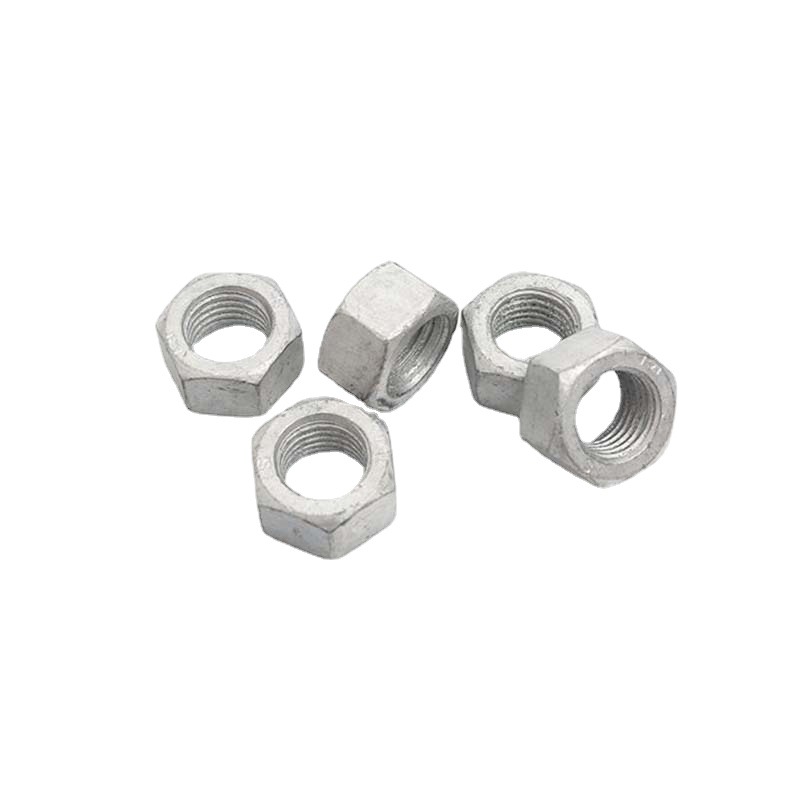

Exploring the Benefits and Uses of Metal Nuts in Various Applications
Nov . 09, 2024 12:48 Back to list
Exploring the Benefits and Uses of Metal Nuts in Various Applications
The Versatility and Importance of Metal Nuts in Engineering
In the vast realm of engineering and construction, fasteners play an indispensable role in ensuring the integrity and functionality of various structures, machines, and devices. Among these fasteners, metal nuts stand out as essential components that enhance the performance and reliability of assembled parts. This article will delve into the significance, types, and applications of metal nuts, illustrating their paramount importance in modern engineering.
What Are Metal Nuts?
Metal nuts are hexagonal or cylindrical blocks with internal threads that are designed to mate with corresponding external threads of bolts or screws. These fasteners are critical in creating secure joints, allowing for the assembly and disassembly of components without damaging the parts. Made from various metals, including steel, stainless steel, brass, and aluminum, the choice of material often depends on the application and environmental conditions.
Types of Metal Nuts
Metal nuts come in various forms to accommodate different needs in engineering. Some common types include
1. Hex Nuts The standard nut shape, typically used with a washer. Hex nuts provide reliable fastening and are commonly found in machinery and structural applications.
2. Lock Nuts Designed to prevent loosening under vibration or torque, lock nuts are crucial in high-reliability applications such as automotive and aerospace engineering.
3. Wing Nuts With protruding wings for easy hand tightening, wing nuts are often employed in applications where frequent adjustments are necessary, such as in electrical equipment or light fixtures.
4. Cap Nuts Featuring a closed end, cap nuts are used to cover exposed threads, providing a finished appearance while preventing damage or corrosion.
5. Flange Nuts With a larger surface area than standard hex nuts, flange nuts distribute the load more evenly. They are particularly useful in softer materials where traditional nuts may embed themselves.
metal nuts

Each type of metal nut serves specific purposes and is selected based on factors such as strength requirements, load distribution, and environmental conditions.
Applications of Metal Nuts
The applications of metal nuts span a broad spectrum of industries, underscoring their versatility.
2. Automotive In automotive applications, metal nuts fasten critical components, including engine parts, suspension systems, and body panels. The reliability of these nuts is crucial for vehicle safety.
3. Aerospace Aerospace engineering demands precision and reliability; thus, metal nuts are often employed in aircraft assembly to ensure components can withstand extreme conditions.
4. Electronics In electronics, metal nuts secure circuit boards and enclosures, providing stability and ease of access for maintenance or upgrades.
5. Manufacturing Manufacturing industries utilize metal nuts in machinery assembly, where robust and reliable fasteners are essential for operational efficiency.
Conclusion
Metal nuts are not merely small components; they represent the backbone of mechanical assembly and structural integrity across countless applications. Their ability to provide secure fastening solutions makes them invaluable in various sectors. As technology advances, the demand for specialized metal nuts continues to rise, driving innovation in material science and engineering design.
In essence, understanding the significance of metal nuts in engineering helps appreciate the complex systems we often take for granted in our daily lives. From the bridges we cross to the vehicles we drive, metal nuts play a vital role in ensuring reliability, safety, and performance, solidifying their place in the foundation of modern engineering.
Latest news
-
Hot Dip Galvanized Bolts-Hebei Longze|Corrosion Resistance&High Strength
NewsJul.30,2025
-
High-Strength Hot-Dip Galvanized Bolts-Hebei Longze|Corrosion Resistance&High Strength
NewsJul.30,2025
-
Hot Dip Galvanized Bolts-Hebei Longze|Corrosion Resistance&High Strength
NewsJul.30,2025
-
Hot Dip Galvanized Bolts - Hebei Longze | Corrosion Resistance, High Strength
NewsJul.30,2025
-
High-Strength Hot Dip Galvanized Bolts-Hebei Longze|Corrosion Resistance, Grade 8.8
NewsJul.30,2025
-
Hot Dip Galvanized Bolts-Hebei Longze|Corrosion Resistance,High Strength
NewsJul.29,2025

